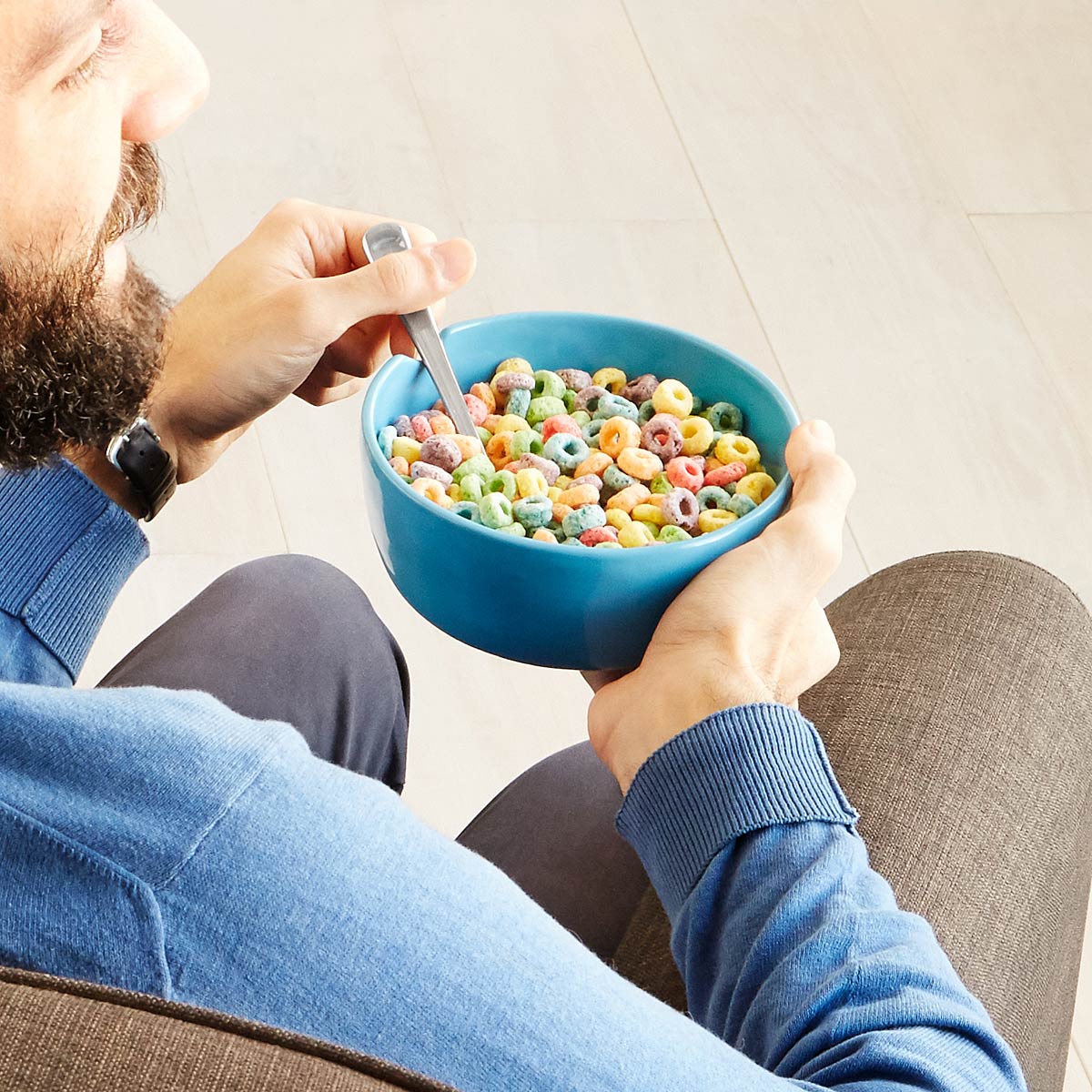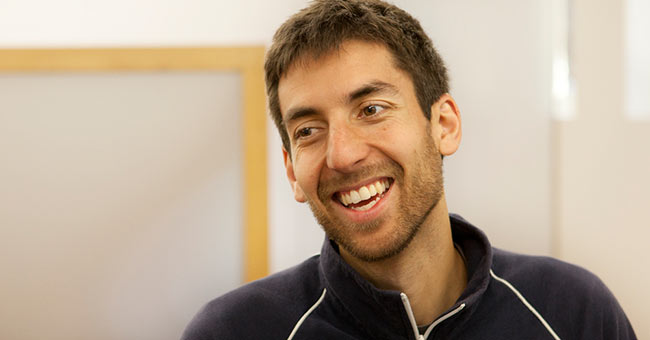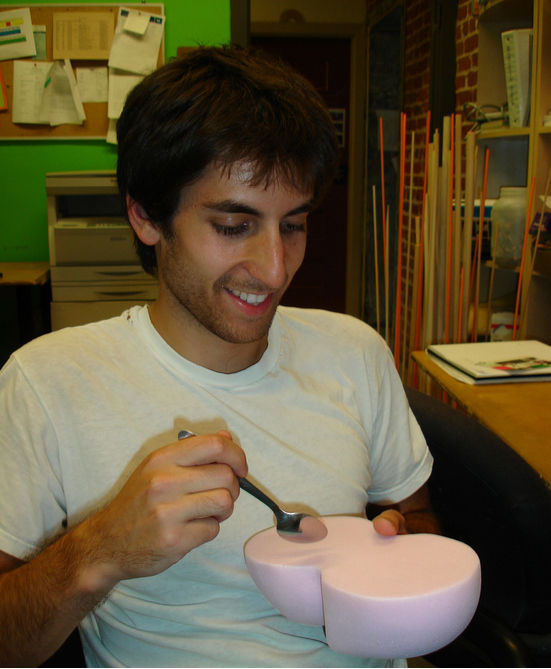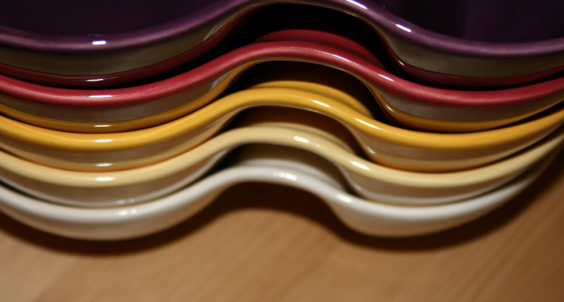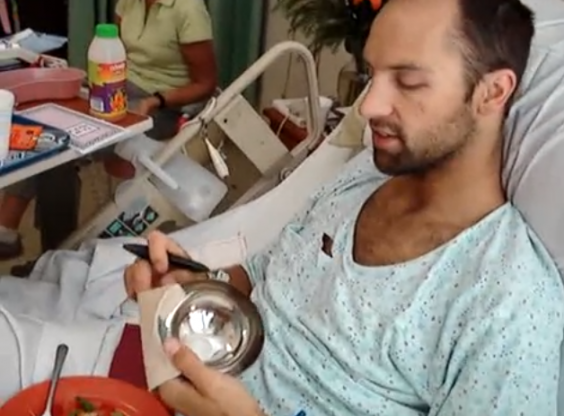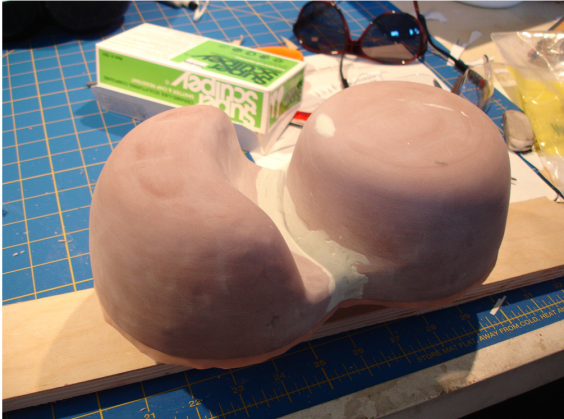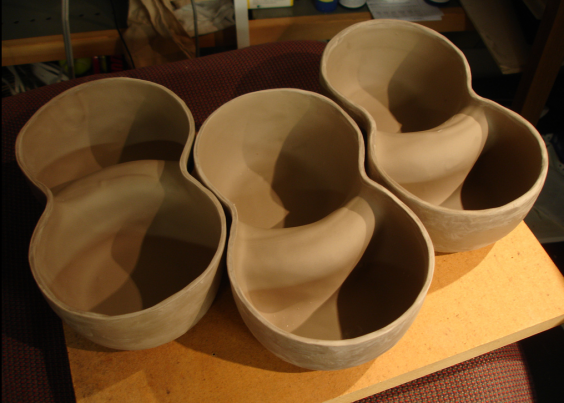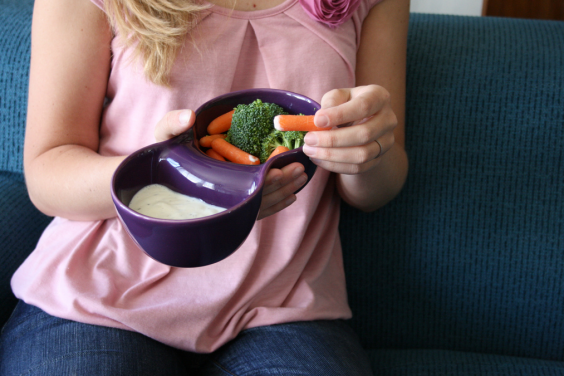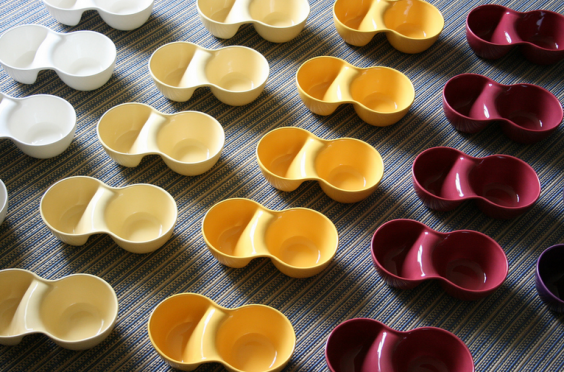A background in engineering helps product designer Thomas Both visualize forms in space and think critically when contemplating his prototypes. It also leads him to ask some important questions: What’s the geometry at work? How might I build this? What’s the negative of that shape? What would that connection look like?
Sure, those are things an engineer would definitely ask when building a complex machine, but how does that influence something as seemingly uncomplicated as snacking? Well, when you think about it, snacking isn’t always that simple. We’ve all been there: balancing an overflowing dish and squirming around trying to get the blanket just right, while simultaneously looking for a video to stream and hoping that you’re not about to start a cheese puff avalanche. (You know that if one puff rolls off Snack Mountain, many more are sure to follow.) In this case, figuring out how to simplify the process of holding a dish, getting comfortable, and delivering that oh-so-tasty food to your face is actually a design problem. A problem that Thomas solved with the Couch Bowl.
“The point of view is that almost all dishware (particularly in Western society) is designed to be used sitting at a dining table, yet often we don’t eat at a dining table,” Thomas explained. “We stand at a cocktail party, or sit in the living room, or lean against the counter in the kitchen–but we are using the stuff made for table dining. So what if we could create dishware designed for eating without a table?”

